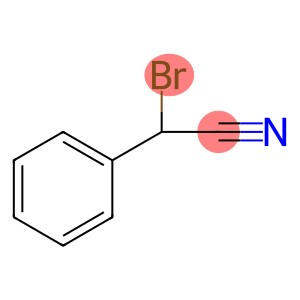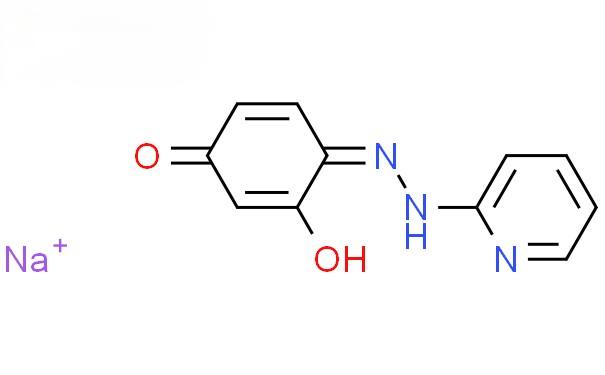polysanto(CAS#107898-54-4)
| Risk Codes | R38 – Irritating to the skin R50/53 – Very toxic to aquatic organisms, may cause long-term adverse effects in the aquatic environment. |
| Safety Description | S24/25 – Avoid contact with skin and eyes. S37 – Wear suitable gloves. S60 – This material and its container must be disposed of as hazardous waste. S61 – Avoid release to the environment. Refer to special instructions / safety data sheets. |
Introduction
Polysandalol, also known as polylignanol, is a polymer with many useful properties. The following is an introduction to the properties, uses, preparation methods and safety information of polysandalol:
Quality:
Polysandalolol is a colorless or yellowish solid that is soluble in many organic solvents such as alcohols and ketones.
It has good heat and chemical resistance, and can remain stable at high temperatures and strong acid and alkali conditions.
The molecular structure of polysandalolol exhibits a large helical morphology, which gives it special physical and chemical properties.
Use:
Polysandalol is commonly used in coatings and resins as a plasticizer and thickener to increase the viscosity and scratch resistance of coatings.
It is also used as an insulating material for electronic products because it has good heat resistance and electrical insulating properties.
Polysandalol can also be used in the preparation of fibrous materials, adhesives, sealing materials, etc.
Method:
There are various preparation methods for polysandalol, and the common method is to obtain polymer by polycondensation reaction of the corresponding monomer in the presence of a catalyst.
The preparation of polysandalol requires certain reaction conditions and specialized equipment, and is generally carried out in laboratories or industrial production.
Safety Information:
Polysandalol is generally relatively safe, but exposure to high concentrations of polysandalol may cause irritation and allergic reactions.
Care should be taken when using polysandalol to avoid inhaling its vapor for a long time and avoid contact with the skin and eyes.
Proper laboratory and industrial operating procedures should be followed when using polysandalol, and the compound should be properly stored and handled.
Please consult the relevant research literature or consult a professional for more detailed and exact information before use.







